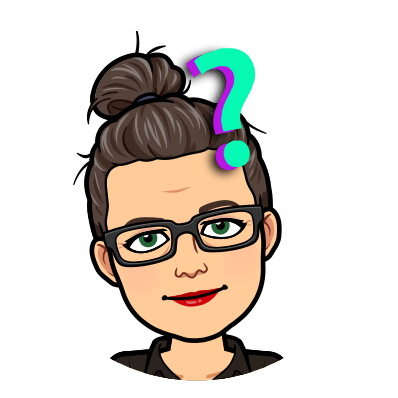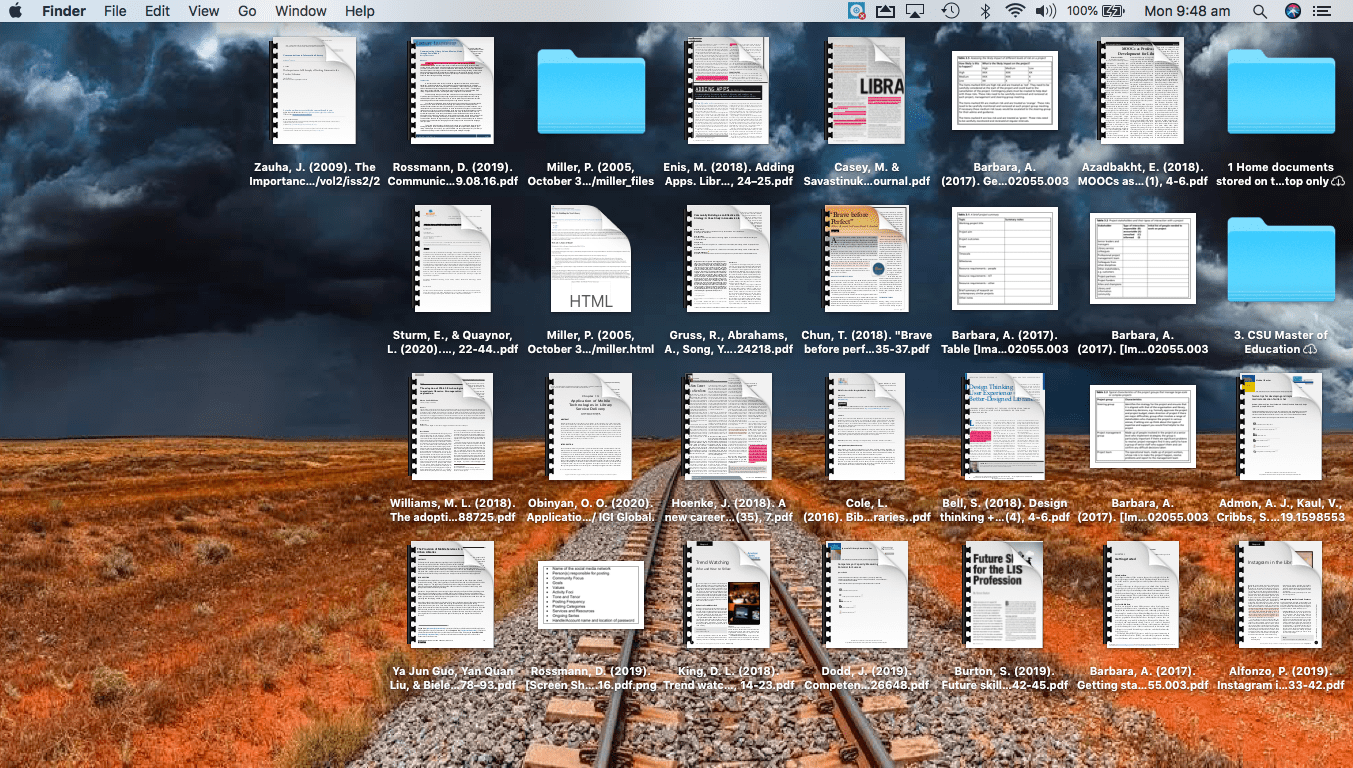
OLJ Task 12: Social media strategy / Policy development
There are indisputable benefits of social media (bringing communities and organisations closer together, creating more opportunities for engagement). Having previously discussed how it is no longer a question of if we should embrace social media, but how, when deciding to take the plunge into social media as an organisation, research from Di Gangi, Johnston, Worrell & Thompson (2018) points out that we must consider hiring practices and internal and external risks from all stakeholders perspectives – mitigating any possible negative circumstances.
In particular, Di Gangi, et al. (2018) recommend organisations consider writing social media policies to prepare for ALL internal and external legal, social and technical risks, such as:
- Legal: Classified/confidential/private information sharing; and Inappropriate/unethical/illegal content use; ;
- Social: Misrepresentation of the organisation’s views, values or mission by individuals which diminishes the organisation’s reputation both internally and/or externally; Misinformation or errors in content by users or staff (including ‘fake news‘ aka propaganda, deception, manipulation, fabrication, news satire and news parody used to spread mis-information with potential to cause social, corporate and political unrest and instability (Rampersad & Althiyabi, 2020)); [This makes me think of how, when books first started being published, humans believed them to be the absolute truth – simply because of the belief that if it were written down than it must be true. Similarly, the evolution of news radio and then televisions had similar effects, humans believed everything they saw on television as true (and in some cases, advertising to
 children has had considerable back lash and regulation because their brains are not fully developed enough to determine fact from fiction). Is the evolution of fake news and the need to determine the validity of information on social media – eg. the determination between fake news and real news, any different then than the ability say, to determine war propaganda as false? Just because the means – social media vs newspapers for example – has changed, should the consequences for negative behaviours not be the same?… Food for thought.]
children has had considerable back lash and regulation because their brains are not fully developed enough to determine fact from fiction). Is the evolution of fake news and the need to determine the validity of information on social media – eg. the determination between fake news and real news, any different then than the ability say, to determine war propaganda as false? Just because the means – social media vs newspapers for example – has changed, should the consequences for negative behaviours not be the same?… Food for thought.] - Detrimental distortions of market perceptions by providing a coordinating platform or disproportionate voice/visibility to minority opinions with questionable basis in fact; Misperception that the organisation is not adept at social media platforms or that what is offered is less than what is available face-to-face; Accidental or unauthorised third party searches or sharing of information or resources over an unlimited period of time (possibly for economic gain or with intent to cause harm) that is beyond the organisation’s control; Reduced staff efficiency or increased distraction;
- Technical: Third party unauthorised use of the platform account(s) to cause harm; Increased server/band-with/technology resource requirements; Temporary outages or updates required; Malware (malicious software)/false profiles/false posts/false content uploads that cause damage to the organisation, staff or resources.
LOVE THIS VIDEO! I’ve shared it with everyone I know on Facebook:
Communication Plan
Bunker (2017) discusses the purposes of choosing a social media platform and directs us to the American Library Association (ALA) for their recommendations on creating a communication plan. Bunker (2017) also recommends that organisations prepare for a successful leap into social media platforms by frequently reviewing, surveying and knowing our context and patrons’ information needs, knowing what communication methods they prefer, aiming to match and connect the face-to-face attitude and environment with the online environment and to not be afraid to take some risks – trialling several platforms to find what works best. Bunker (2017) also suggests we clearly determine our goals for pursuing social media platforms (eg. increased awareness of our values, connections and partnerships with community, increased traffic and outreach in our library and online, strengthened loyalty and trust, real-time news and update delivery, awareness of our resources and programs, modelling digital citizenship, teaching and demonstrating information literacy or research skills, and building links to other media networks.
Moreover, the research by Humphries (2019), supported by King (2015), states that if we decide to partake in organisational social media, we must be prepared to not only plan strategically but also we must monitor engagement if we want to reach social media optimisation.
King (2015) even goes so far as to say that we must have a pre-emptive understanding of social media analytics to help set and reach goals for growth, engagement, interactions, visits, or even larger goals like building connections or partnerships, improving information literacy, or other strategic plan goals. And I just realised that I’ve been running a Facebook (FB) teachers group (Teachers Who Know Me) with about 160 members for 5 years and I did not know about the ‘Insight’ section as the group admin. I immediately had a look and my analytics are pretty woeful, (basically, no interaction from my teacher friends who all seem to use FB socially rather than professionally) but the graphs and information available are pretty amazing. (They’ve also just updated the tagging system to include hashtags so that is helpful and I can find something I’ve posted much easier now).
 In looking at the different analytics discussed in King (2015) I am curious about how fast these platforms are changing. Google+ was replaced with GoogleCurrents (neither faring very well) and Flickr is just not on my radar for images as I prefer to get them from Creative Commons (CC). Which leads me to the question, do CC provide analytics for those uploading images? I looked at their site and they do collect ‘Cookies’ for CC use but what about those who are uploading? Perhaps it is something they might consider?
In looking at the different analytics discussed in King (2015) I am curious about how fast these platforms are changing. Google+ was replaced with GoogleCurrents (neither faring very well) and Flickr is just not on my radar for images as I prefer to get them from Creative Commons (CC). Which leads me to the question, do CC provide analytics for those uploading images? I looked at their site and they do collect ‘Cookies’ for CC use but what about those who are uploading? Perhaps it is something they might consider?
Content creation
Bunker (2017), supported by Peacemaker, Robinson & Hurst (2016), and Xu & Saxton (2018) recommend we attempt to improve the social media algorithms and increase our target audience’s ‘social capital‘ by linking our content to popular topics, utilising # (hashtags), hyperlinks, images, videos, global and local network links (a variety of diverse ‘community ques’), gradually increasing our viewer rates over time.
Bunker (2017) also provides a framework for creation of content that links to the organisation’s mission, vision, values or strategic plan – recommending a few strategies, but having read her lists, I’ve created my own template for this social media (strategy) plan which I will include in my final assessment.
It also occurs to me that an organisation would need to have a central location for all of the social media account information, given the constant flux of staff in most education settings. Thus, I’ve created another page on my GoogleSheet (also to be included in the final assessment).
Trouble shooting: See NSW Department of Education. (2018). Social media implementation procedures.
References
Bunker, L. (2017). Picking a platform and finding a voice. In S. W. H. Young & D. Rossmann (Eds.), Using Social Media to Build Library Communities : A LITA Guide. Blue Ridge Summit, UNITED STATES: Rowman & Littlefield Publishers.
Di Gangi, P. M., Johnston, A. C., Worrell, J. L., & Thompson, S. C. (2018). What could possibly go wrong? A multi-panel Delphi study of organizational social media risk. Information Systems Frontiers, 20(5), 1097-1116. doi: 10.1007/s10796-016-9714-2
Humphreys, S. (2019). Tweeting into the void?: Creating a UK library twitter list and analyzing best practice – successes and myths. Insights, 32, 1-23.
Peacemaker, B., Robinson, S., & Hurst, E. J. (2016). Connecting best practices in public relations to social media strategies for academic libraries. College & Undergraduate Libraries, 23(1), 101-108. doi: 10.1080/10691316.2016.1134244
Rampersad, G., & Althiyabi, T. (2020). Fake news: Acceptance by demographics and culture on social media. Journal of Information Technology & Politics, 17(1), 1-11. https://doi.org/10.1080/19331681.2019.1686676
Xu, W., & Saxton, G. D. (2018). Does stakeholder engagement pay off on social media? A social capital perspective. Nonprofit and Voluntary Sector Quarterly, 48(1), 28-49. doi:10.1177/0899764018791267


